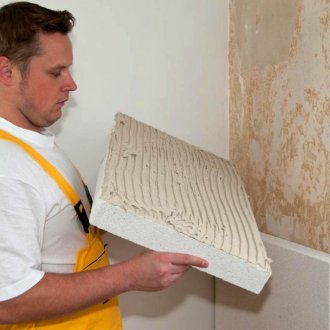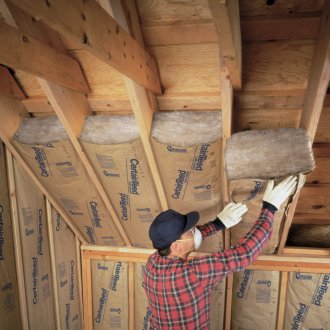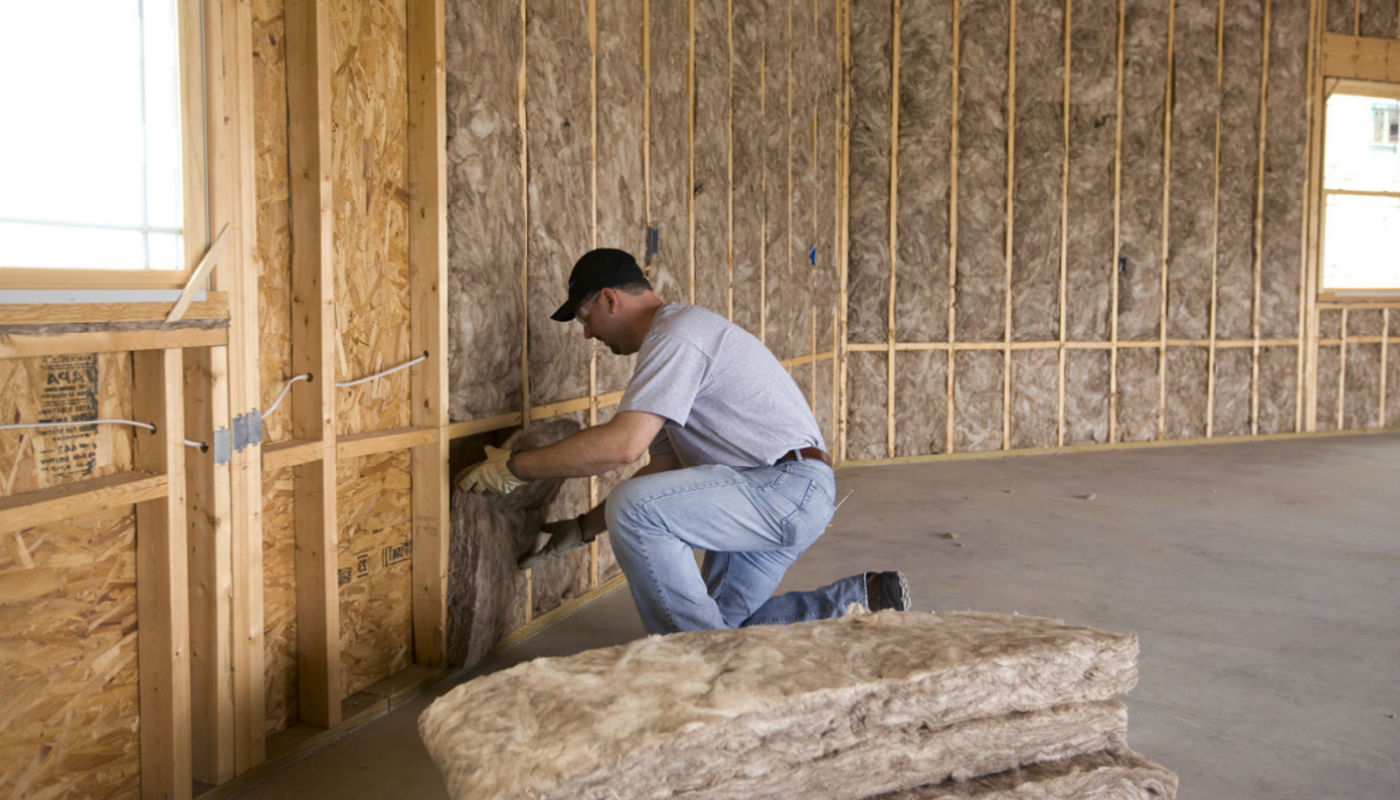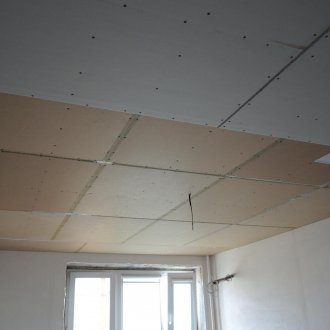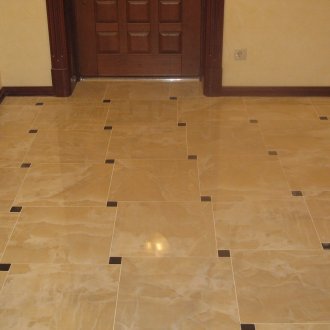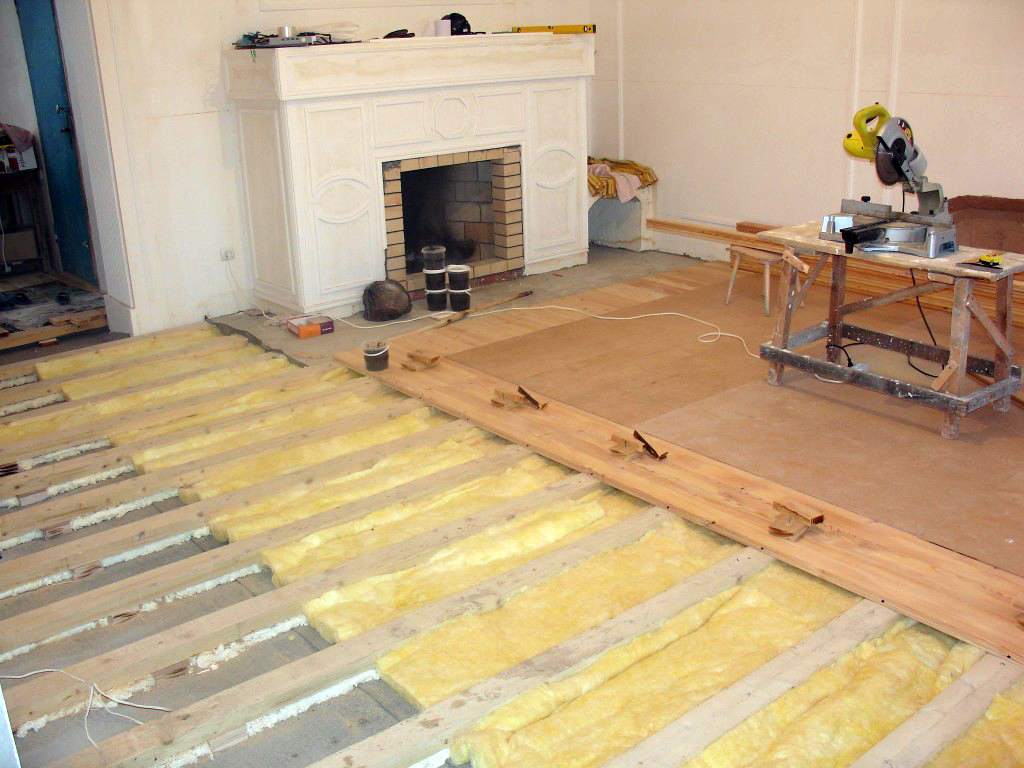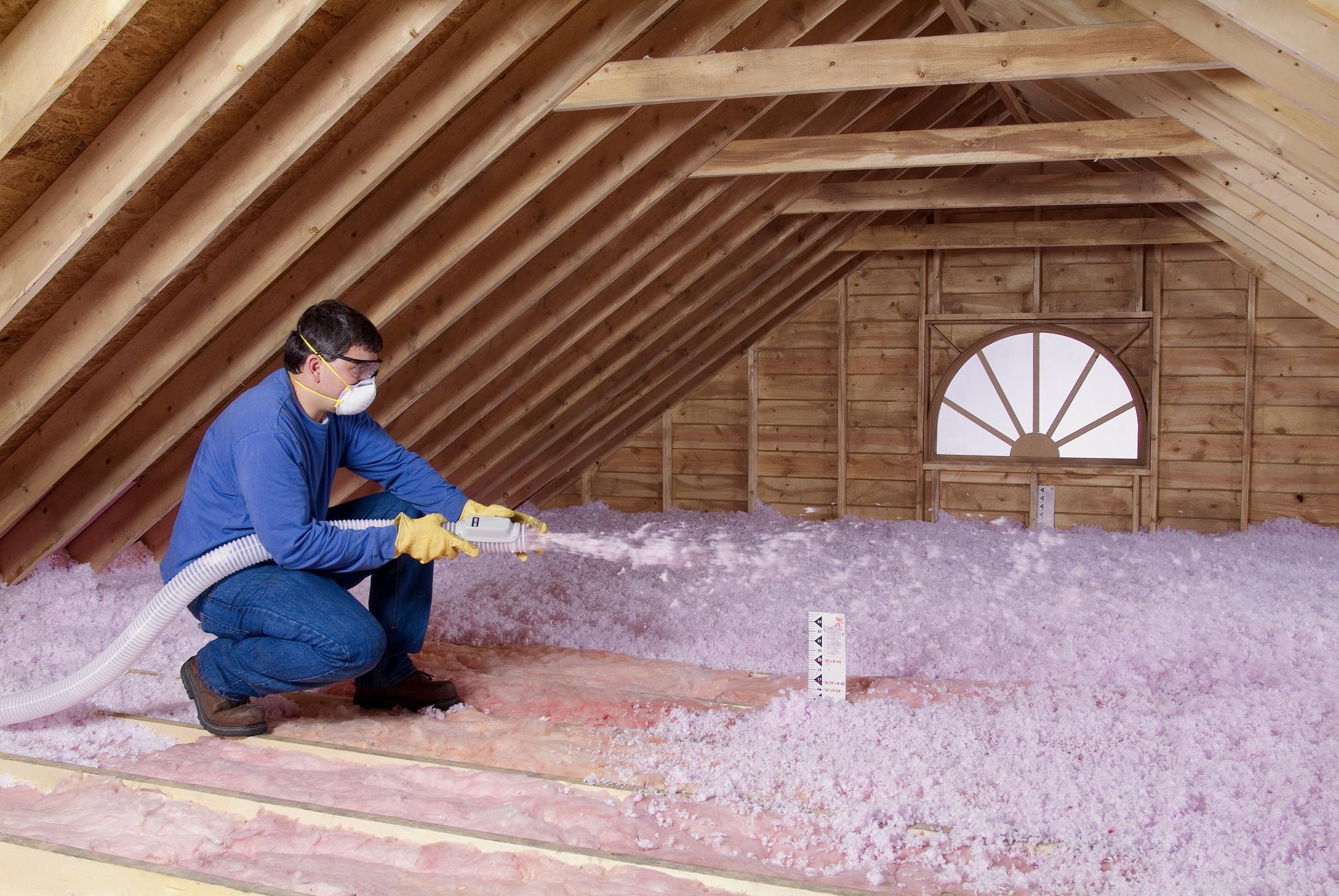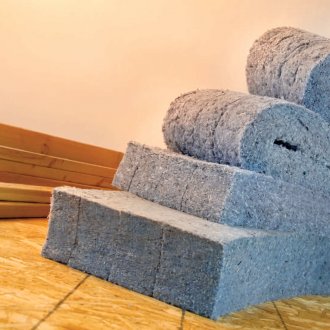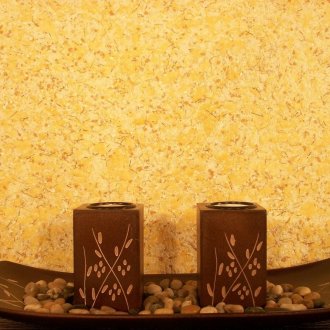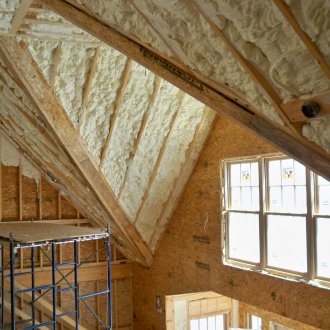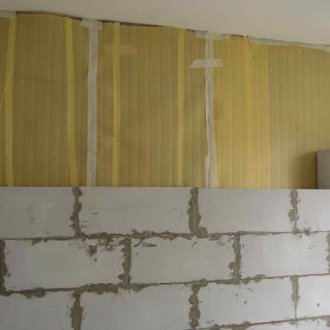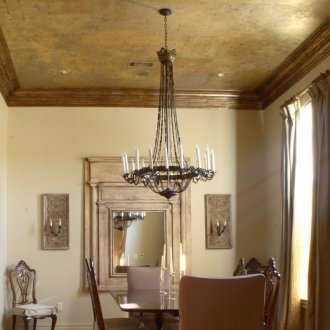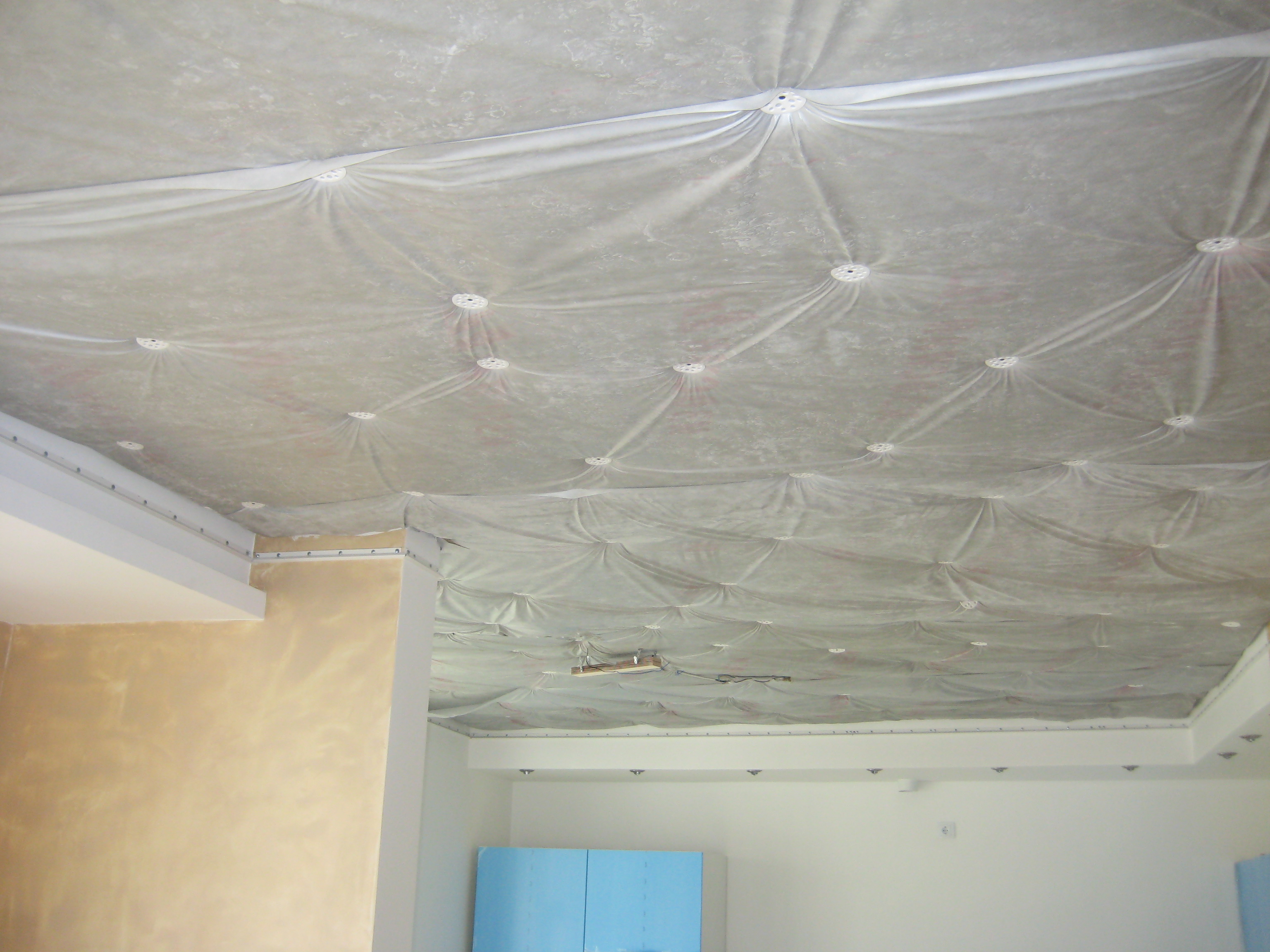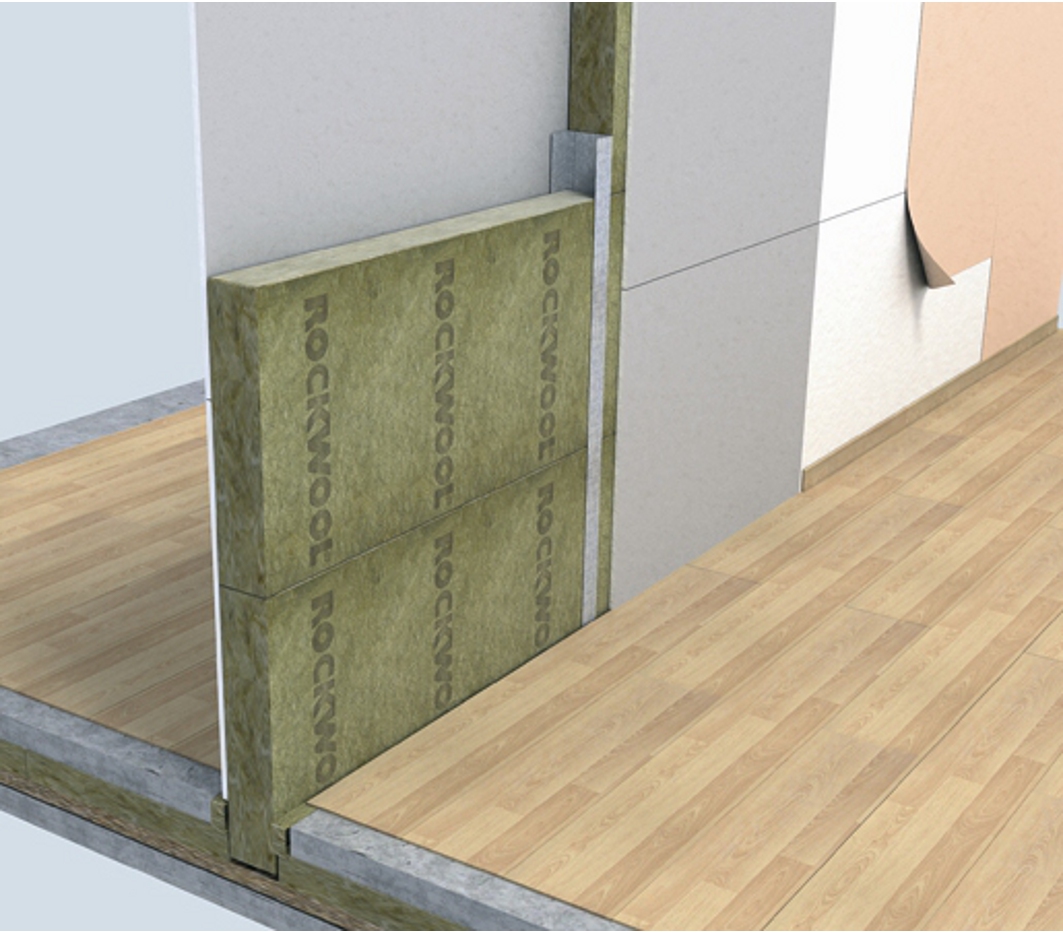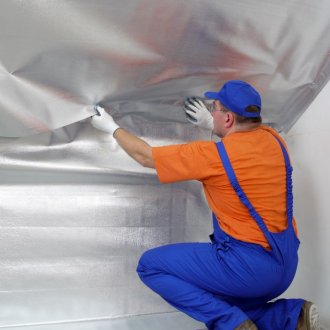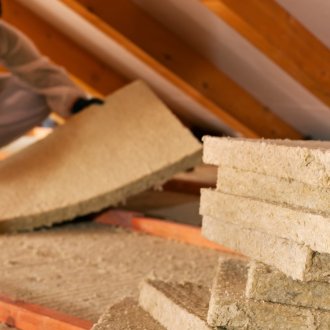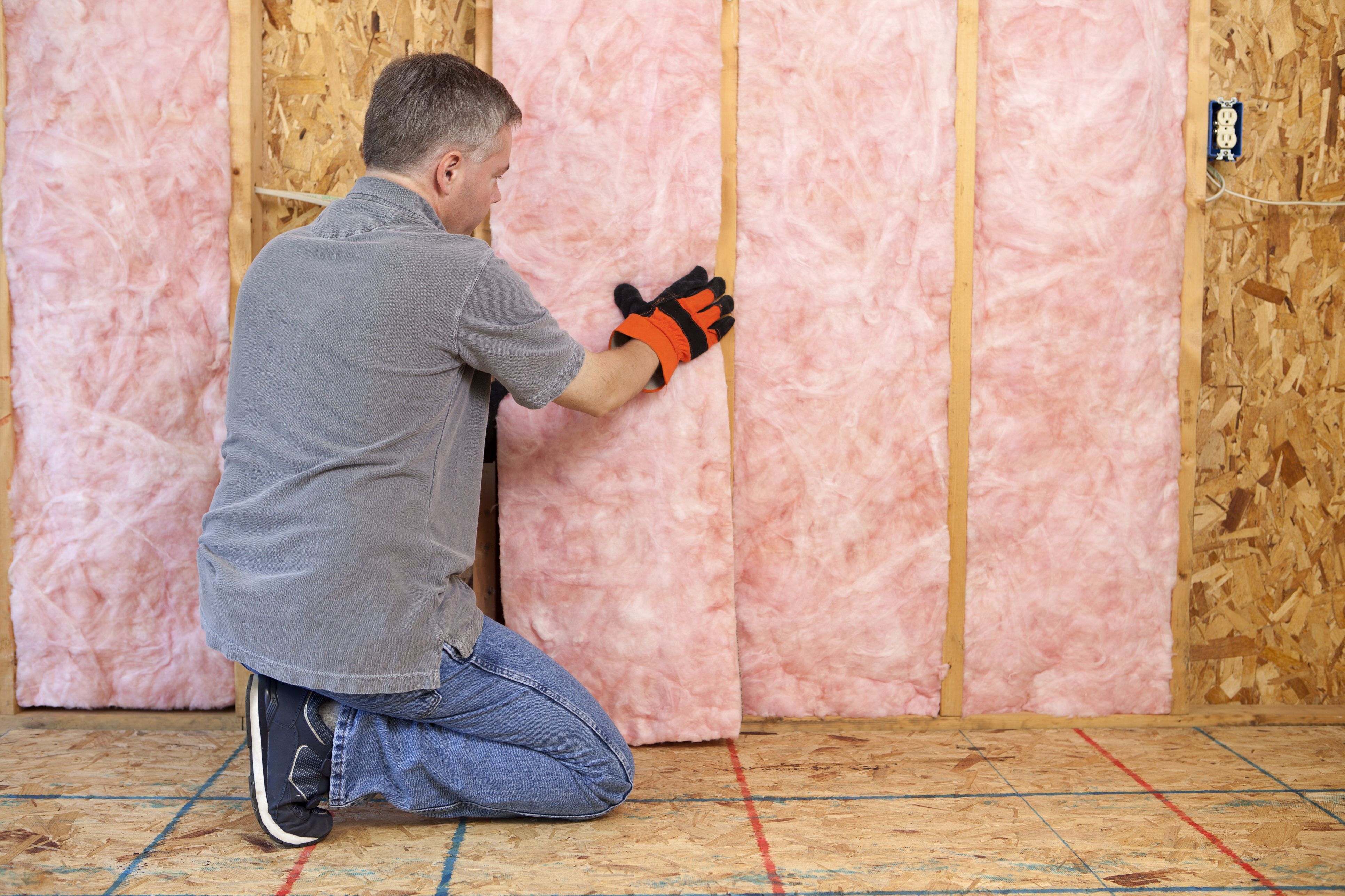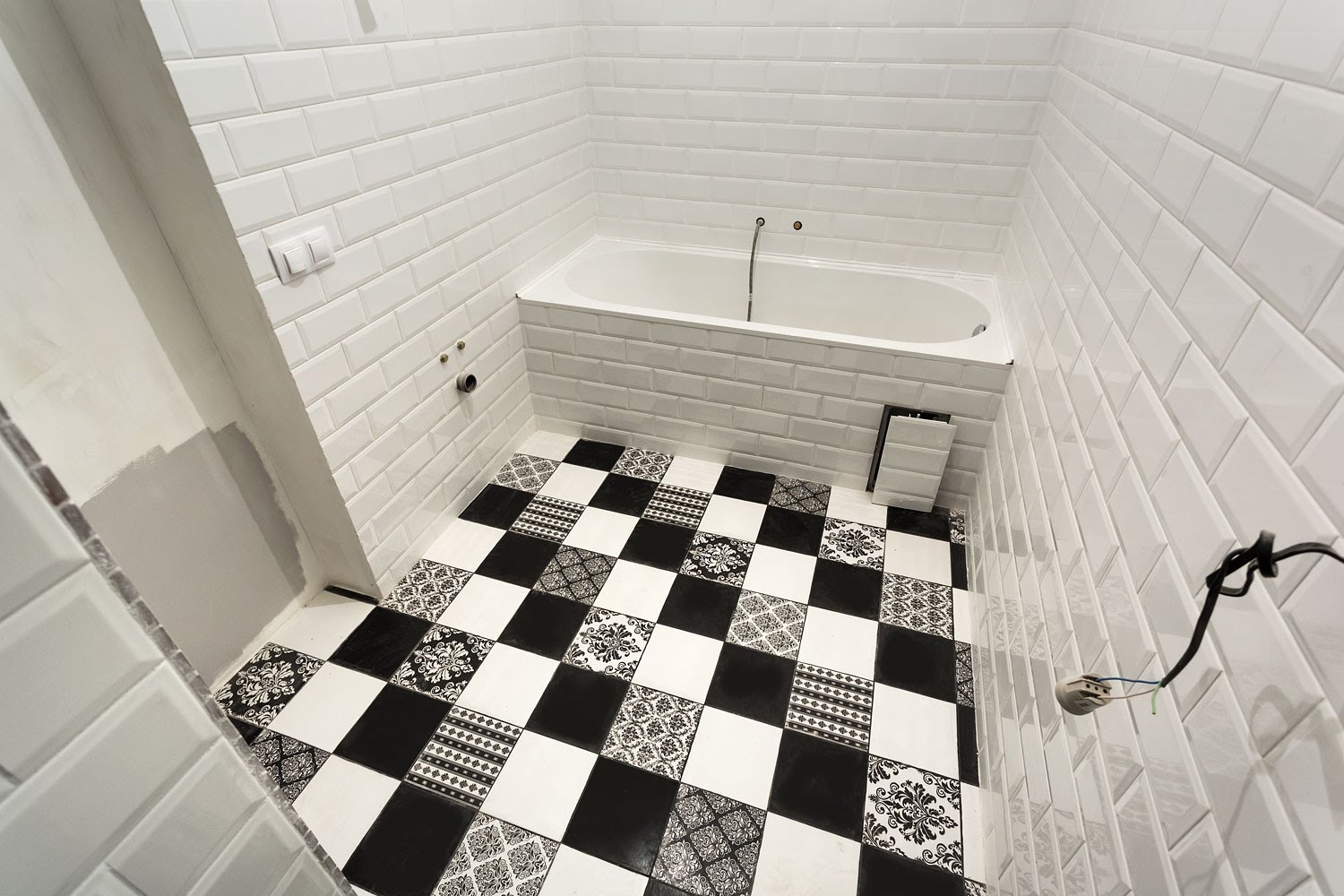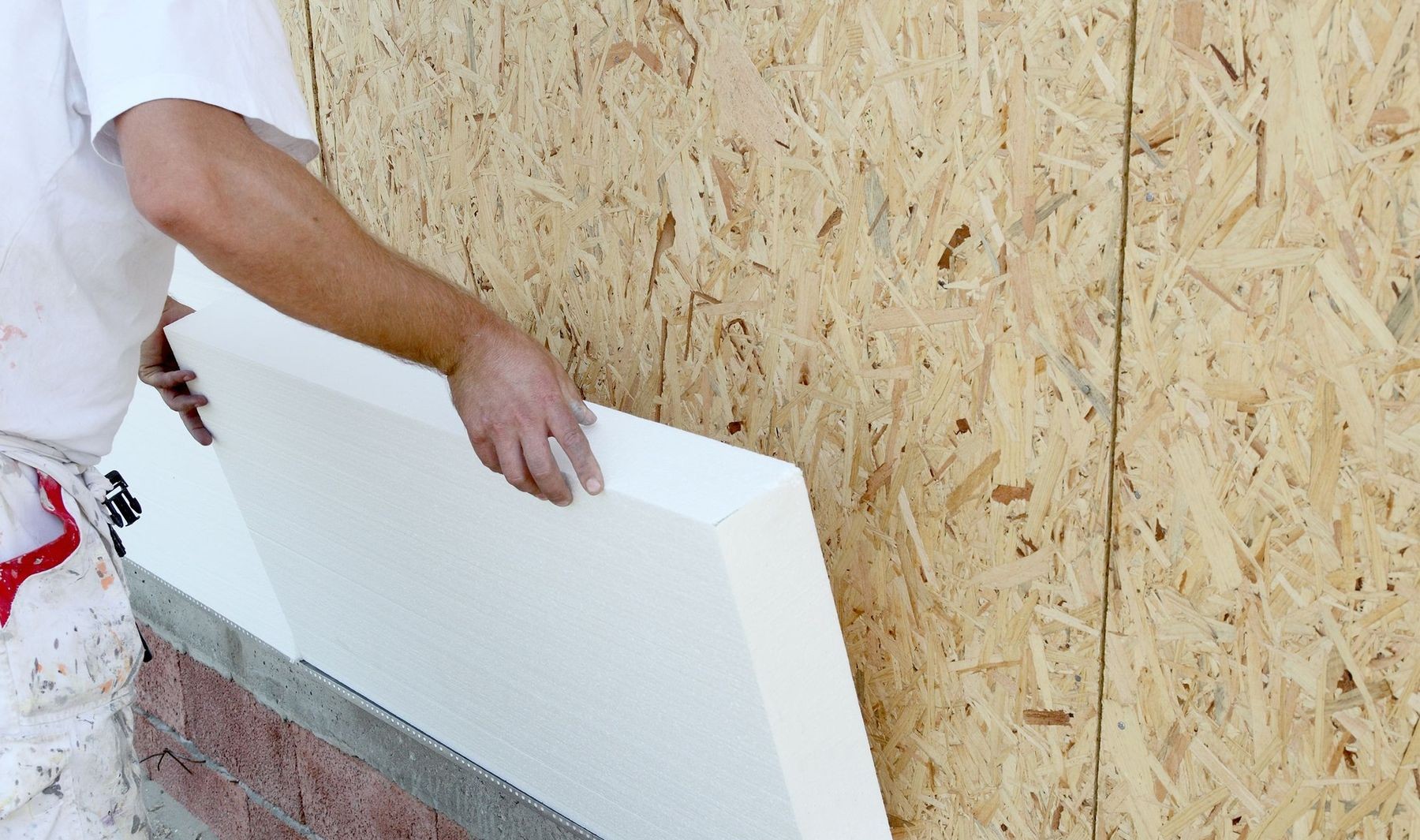Soundproofing an apartment and a house: highlights (22 photos)
Content
Comfortable conditions are the norm for a modern person. When high-tech equipment, fashionable furniture, and decor are harmoniously combined, residents and guests of a cozy house experience a lot of positive emotions. But very often, extraneous sounds interfere with this. Everything can be fixed with effective soundproofing.
Ways to protect your home from extraneous noise
- Full soundproofing in the apartment. Using this method, it is necessary to carry out a whole range of expensive work on the decoration and insulation of all the enclosing structures of the room: for walls, ceilings, floors, sewers. The installation of soundproofing materials reduces the volume of a house or apartment, so it is more advisable to use this method for spacious rooms.
- Partial insulation of the apartment, for which a suspended or false ceiling is used. With this method, noises from the apartments of the upper floors are drowned out, for which sound-absorbing plates are installed.
Soundproofing Materials
Noise pollution is becoming a problem. Noise enters the apartment from the street, from the neighbors. Given that the sound insulation of an apartment in a panel house is not of high quality, living in such an apartment becomes uncomfortable. Therefore, residents of apartment buildings solve the problem using soundproofing. Soundproofing an apartment in a panel house, block or brick is done using the following modern materials:
- Plasterboard sheets. They are used in combination with mineral wool, ecowool, cellulose insulation. This material protects the room well from noise and creates additional thermal insulation of walls and ceilings. The disadvantage in using drywall sheets is the difficulty in installation, a large dustiness of the room, a decrease in area due to the thickness of the insulation.
- Decorative panels with which the walls are insulated in the apartment. Modern materials of this variety are made from coniferous fibers and are wall panels that have grooves with spikes. With their help, the installation of the structure is carried out. The only drawback is the high cost.
- Polyurethane boards, which have good sound insulation, protect rooms from impact noise. This material is often used to decorate recording studios, it is lightweight and easy to install, but has a high cost.
- Soundproof membranes, which, due to their small thickness, are used in combination with other soundproof materials. Easy to install thanks to flexibility. They have a high density that protects against noise. An example is TEKSOUND sound absorbing membrane. They are based on aragonite. The disadvantages include high cost.
- Cork coating, which has a beautiful decorative look. Mounts easily using conventional gluing. The coating is very thin. It has good sound insulation, but its quality is low.
- A simple sandwich panel: fiberglass enclosed between two sheets of gypsum. Soundproofing the ceiling in the apartment from this material is good. Installation is easy. The disadvantage is the large thickness of the panel, which reduces the volume of the room.
- Eco-tile, which is based on substances of volcanic origin. Easy to attach with PVA glue, absorb sound of different frequencies, does not sag.
- Basalt wool, which has a high noise absorption coefficient due to its special structure. An example is the sound-absorbing boards “Schumanet BM”, “Acoustic Butts”. These materials are resistant to fire and rot. But there are significant disadvantages: small particles and chemicals with an unpleasant odor are released.
- Mineral wool, which is the most common noise insulation material. In addition to its absorption, it helps to reduce heat loss, has ease of installation and low cost.
Sound installation preparatory work
Noise isolation in the apartment with your own hands is a troublesome business, but worthwhile. Many people prefer mineral wool as a sound isolator, and not by chance. This soundproofing material has the highest noise absorption and low cost. And yet, the most common soundproofing material is drywall.
All surfaces must be isolated from noise: walls and floors, ceilings in an apartment, sockets, doors and windows, risers. In any case, one cannot count on the complete isolation of noise from neighbors, since the construction of panel houses does not have protection against extraneous noise.
How to make soundproofing in an apartment? You should start with minor details: pipes in the apartment, sockets, slots, communications, through which noise freely penetrates. Putty covers all cracks on the walls. Pipes are wrapped with insulating material. The areas of their connection with the walls are well sealed with special sealants.
To get rid of the noise coming through the outlet, the power is turned off first. Then the socket is dismantled along with the mounting box, a layer of sound insulation is laid. All this is sealed with gypsum or cement mortar. When the surface dries, the outlet is mounted.
Soundproofing walls
Modern apartment buildings have very thin soundproofing walls. Any man can do the installation work alone, without resorting to the help of specialists, since it is simple. Sound insulation of walls in an apartment begins with a calculation of their sizes. This is necessary to purchase the right amount of materials.
Soundproofing the walls in the apartment with your own hands involves the manufacture of a durable structure made of metal or wood, which is attached to the wall. Drywall is tightly screwed onto it. The material is inserted into the structure to absorb noise. First, the profile is attached to the walls. If they vibrate strongly, then vibration-insulating material is laid between the walls and profiles.
Soundproofing the walls in the apartment with your own hands is done using mineral wool. Laying should be done with high quality, without leaving cracks. Further, the entire structure is sewn up with drywall, and the seams are putty. The wall is ready for decorating.
Soundproofing for wallpaper
A simple solution to protect yourself from external noise is to use a foam wallpaper backing. It is an environmentally friendly material of increased strength. It has antiseptic properties. Using the substrate under the wallpaper, the walls are aligned.
Such wallpaper substrates are coated on both sides with a thin layer of paper, which increases adhesion to the wall with sound insulation.
Sound insulation of a stretch ceiling
Such a ceiling in itself delays noises, since the air space between the stove and the canvas directly from which the ceiling is made reduces the propagation of sound. The stretch ceiling lacks a metal frame rigidly connected to the ceiling. And this means that sound will not spread through its elements.
But sometimes this is not enough, you need more powerful protection against noise. A person begins to think how to make a soundproofing ceiling in an apartment. There are many solutions to this problem. One of them is installing insulation from unnecessary noise under a suspended or suspended ceiling.
Sound insulation of the ceiling in the apartment begins with the preparation of the base ceiling, for which all damage is sealed, and a primer is applied to prevent mold. Then markup is made for the profile. Each element is covered with a self-adhesive tape that isolates the sound. Wiring is placed in corrugated sleeves and fixed to the ceiling to prevent sagging. Sound insulation of a stretch ceiling in an apartment can be carried out using frame or frameless methods. It depends on the type of sound insulation. But there is a general rule for all materials - the laying should be tight, and the sealing of the joints - strong.
How to make a soundproofing ceiling? It is recommended to begin installation one day after the acquisition of the material. This is necessary for its adaptation to the room. While the material is getting used to the new microclimate, all cracks and joints should be repaired with putty or polyurethane foam, which will improve the sound insulation of the apartment.
The sound insulation of the ceiling in an apartment under a suspended ceiling depends on the selected material, which is either glued to the ceiling, or fastened with anchors, or laid in a pre-made frame. The main requirement is that the sound insulation of the ceiling in the apartment must be continuous, covering all the cracks at the joints. After laying the sound insulation, wiring and other communications are mounted.
Work is being completed by installing a stretch ceiling.
Sound insulation of the floor under the screed
Sound insulation of the floor in the apartment under the screed begins with the removal of the old screed and cleaning the surface to the very plates. After this, a new screed is poured. At the same time, insulation materials are taken into account, which will separate the cement mortar from both the slabs and the room walls.
Soundproofing sewer pipes
This issue has become relevant with the widespread use of plastic pipes, which are much superior to cast-iron pipes, except for one - they are very loud. Sound is transmitted from the pipes to the room. This is due to the fluctuation of their walls. Soundproofing sewage pipes in an apartment is done in order to dampen the vibration of the walls and exclude the possibility of transmitting pipe vibrations to the entire structure of a multi-storey building.
You can get rid of noise in sewer pipes using their insulation. This work is easy to do on your own and at minimal cost. The main thing is to choose the right material. The most common are: foamed polyethylene and roll insulation. Soundproofing sewage pipes is done in several ways:
- Use a special shell. In this case, it is not necessary to have special skills. Material on both sides is simply inserted butt-to-butt.
- Apply roll insulating materials. They wrap pipes in a circle.
- Install the box. But first you should wrap the pipes with foamed polyethylene or roll material. In principle, the box is installed to give an aesthetic appearance.
Soundproofing doors
The front door to the apartment does not always save from the penetration of extraneous sounds. It must either be replaced or reconstructed, which is much cheaper. The simplest solution to the problem with extraneous sounds is the door trim with soundproof materials.
For this, a synthetic winterizer or an isolon is most often used.Materials are laid in several layers on the door leaf, and then covered with artificial leather or dermatin. This will give the door a beautiful appearance, and most importantly - it will protect against noise.
Interior doors are thinner than entrance doors. Soundproofing the door in the apartment is necessary, especially if the family is large. It is best to isolate the interior doors from noise using a solid wood array. Plastic or glass are not suitable, as sounds will freely penetrate through the bottom into the neighboring rooms. The algorithm for installing sound insulation on the interior doors to the apartment is as follows:
- The sealant closes the gaps between the doorway and the wall.
- The door leaf is sheathed on the side of noise penetration. As a filler, mineral wool, synthetic winterizer, batting, foam rubber can be used, and dermatine for lining.
- A seal is glued around the entire perimeter of the web. You can use a regular rubber cord.
Extraneous noise annoys a person and often interferes with restoring strength after a hard day. But this problem can be dealt with with the help of soundproofing your home. Using modern materials, you can turn your home into a comfortable and relaxing corner.
